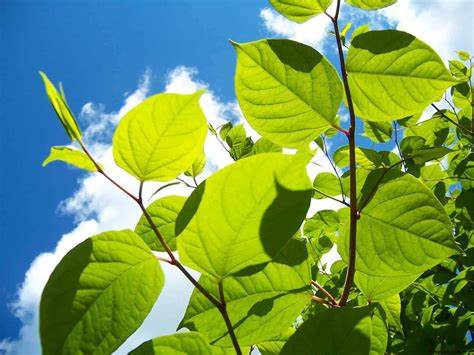Invasive non-native plant and animal species are the second greatest threat to biodiversity worldwide after habitat destruction. They can negatively impact on native species, can transform habitats and threaten whole ecosystems causing serious problems to the environment and the economy. In Ireland the main offenders which catch the headlines are Japanese Knotweed (and its similar looking cousin Giant Knotweed), Himalayan Balsam (sometimes referred to as Indian Balsam), Giant Rhubarb, Giant Hogweed and Rhododendron to name but a few.
Why is Japanese Knotweed such a problem anyway?
It spreads by tiny fragments and each fragment can form a brand new plant (think of a hedge cutter going along a road in autumn), coupled with a deep and extensive rhizomatous root system capable of undermining building foundations, roads, walls, bridges, railways and flood defence structures this is why is has become one of Europe’s most hated weeds. It is also an offence to move it off site these days due to legislation. Giant knotweed is similar to Japanese Knotweed. It is also highly invasive, spreading from green plant fragment, rhizomes or root fragments. Plants can also grow through walls and concrete. It is less widely distributed in Ireland than Japanese or Bohemian Knotweed (a hybrid cross between Japanese and Giant Knotweed).
Invasive species surveys and invasive species management plans are sometimes asked for in planning applications so if this is something you require contact us now.
